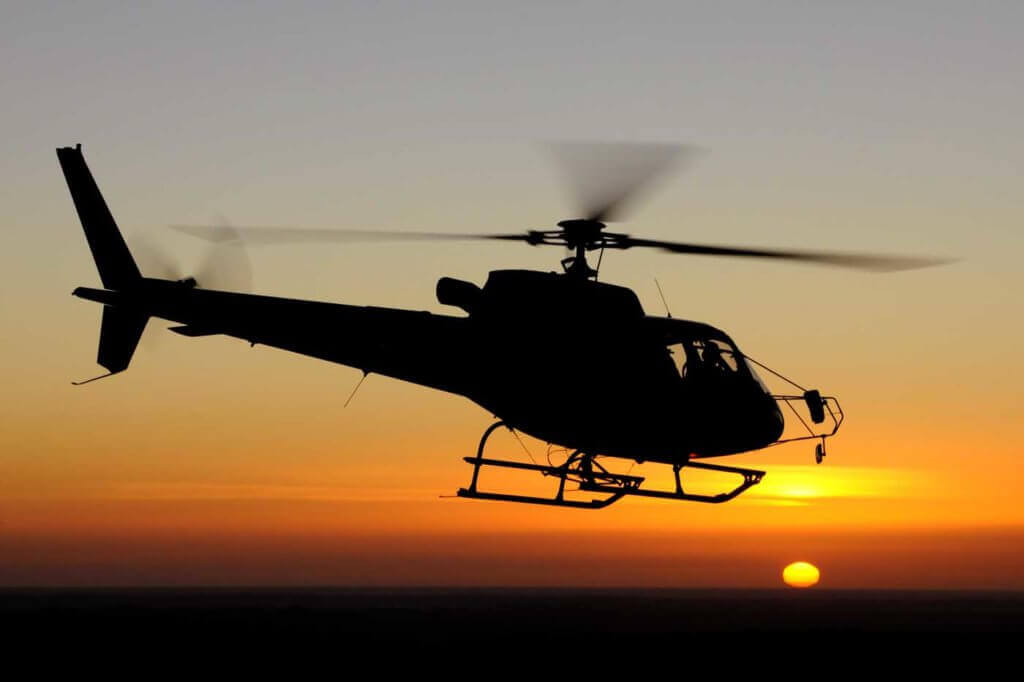The National Transportation Safety Board (NTSB) on Feb. 4 released its 2019-2020 Most Wanted List of Transportation Safety Improvements, calling for improved safety of part 135 aircraft flight operations and better occupant protection in aircraft, among other things.

The Federal Aviation Administration (FAA) does not currently require Federal Aviation Regulations part 135 operations — which include air tour, air medical service, air taxi, charter or on-demand flights — to “meet the same safety requirements as commercial airlines,” the NTSB said.
The board is encouraging aircraft operators and organizations to take initiative to improve the safety of their day-to-day operations, rather than waiting for regulations or accidents to move them into action.
While part 135 helicopter operators are required to have controlled flight into terrain (CFIT)-avoidance training programs in place, the NTSB says other programs that are not mandatory for many part 135 organizations, such as safety management systems (SMS) and flight data monitoring (FDM), should be implemented by such organizations to improve safety and yield data that can better prevent accidents.
In addition to urging voluntary action by operators, the NTSB is urging the FAA to require all part 135 operators to install flight data recording devices capable of supporting an FDM program and to establish SMS programs. The NTSB is also recommending that the FAA work with part 135 operators to improve voluntary CFIT-avoidance training programs, paying special attention to human factors issues.
Also covered in the NTSB’s Most Wanted List is the improvement of occupant protection in aviation. According to the NTSB, numerous aviation-related deaths and injuries have been caused by “inadequate evacuation procedures and crashworthiness.”
The board referenced the July 3, 2015, crash of an Airbus AS350 B3e (H125) into a parking lot in Frisco, Colorado, after lifting off from the Summit Medical Center Heliport; the pilot was fatally injured and two flight nurses were seriously injured. The helicopter’s fuel system was not crash resistant, and as a result there was a fuel-led, post-crash fire which contributed to the severity of the injuries.
Some of the NTSB’s recommendations regarding crash-resistant fuel systems (CRFS) were addressed by Congress last year in the FAA Reauthorization Act of 2018, which calls for all newly manufactured helicopters to be equipped with CRFS.
In announcing its Most Wanted List, the NTSB also referenced aviation-related safety recommendations in other topics including distractions, fatigue, and alcohol and drug impairment. Read the NTSB’s “Open Safety Recommendations” document here.









